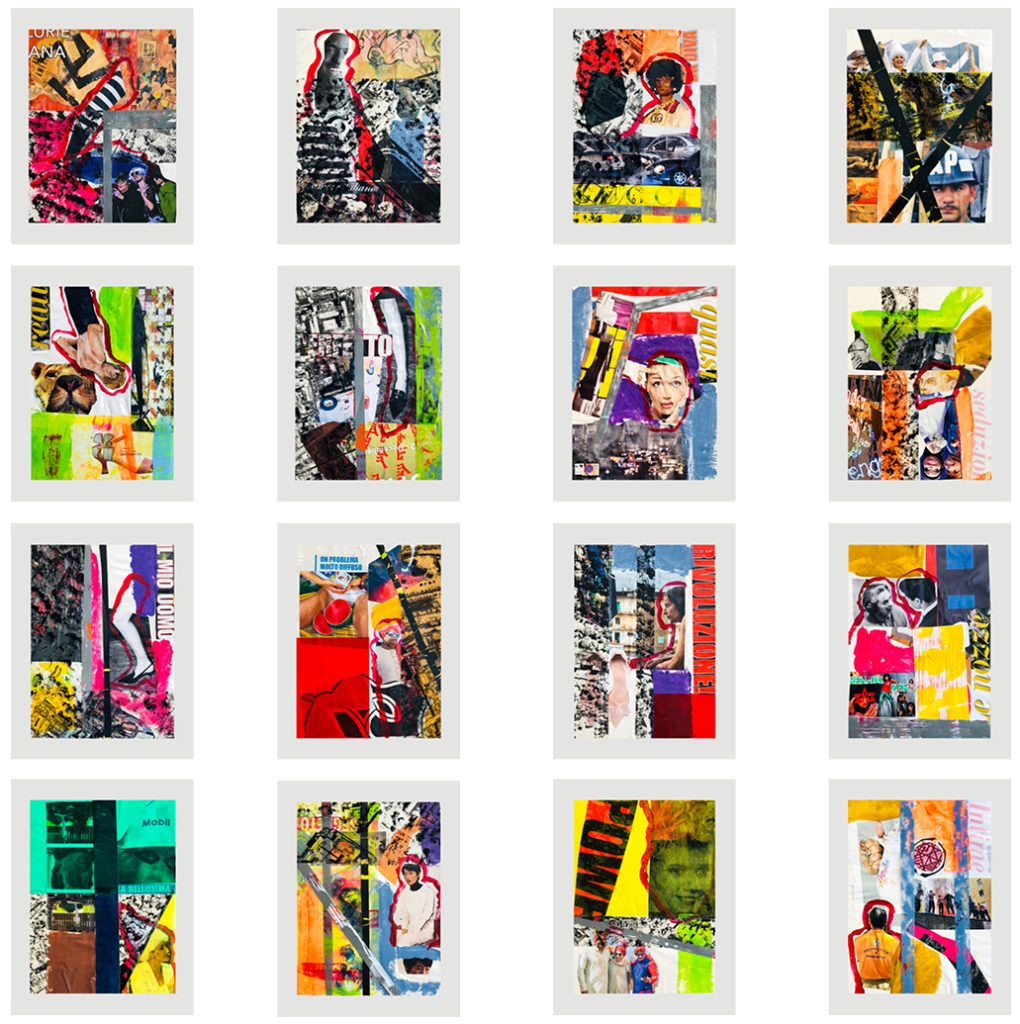Why would an architect turn to painting? What possibilities exist in the arena of fine arts which can’t be fully mined in a practice of architecture, the so-called Mother of the Arts? Fine distinctions make for big differences. Architecture, as a critical field, is often siloed by a series of binary myths. Academic, frequently theoretical, works of architecture often stand in opposition to actual design practices which are presumed to produce only prescriptive and practical buildings. Commercial architecture, that is, the work which generates a consumer audience, is distinguished from landmark buildings which are often thought to be esoteric or resistant to proven formulae. Parametric architecture is said to be more advanced than buildings which employ more traditional constructive strategies. These dialectics, perceived only or well-founded, emerge regularly in architectural discourse.
On the contrary, the arena of fine arts discourse appears to have mostly worked through similar polemic hierarchies five decades ago and emerged, in my view, enriched and much more open to exploration. Years of artistic battles led up to the Last Great Art War of the twentieth century principally over the question of abstraction versus representation. The appearance of Pop Art in the early 1960’s seems to have retired these kinds of simplified dualities. When finally, a work of art became indistinguishable from an everyday object, say, a Warhol Brillo soap box or a Lichtenstein comic strip, the only arguable difference between the art and the object was not what one saw but rather what one understood to be the intent of its creator. In that moment, what could be thought of as art began to take multiple, divergent and simultaneous paths. Conceptual, performance-based, cultural, activist, identity art and everything in-between began to blossom. Core ideas propelling artworks multiplied and appearance was no longer the leading descriptor of intent. The credibility of a Master Narrative dissolved. Whether the discourse around fine arts is now more advanced than that which exists in architecture is uncertain but the former seems to be open to broader experimentation than the latter.
Could this be a reason to paint, or produce fine art in some form? While architecture is the thing that shelters us in many senses of the word and is ultimately irreplaceable, it often succumbs to the easy categorization of appearance. Architects are known by how their buildings look. Architects are grouped by their similar formal strategies. Architects themselves are drawn to colleagues who employ similar methods and outcomes. Art, on the other hand, can border on the indecipherable which allows the artist the freedom to communicate or conceal and requires the viewer to interrogate the artist’s intent beyond mere appearance. More freedom. More effort.
CIRCLE SERIES
BEYOND MERE IMITATION – 60″ x 60″
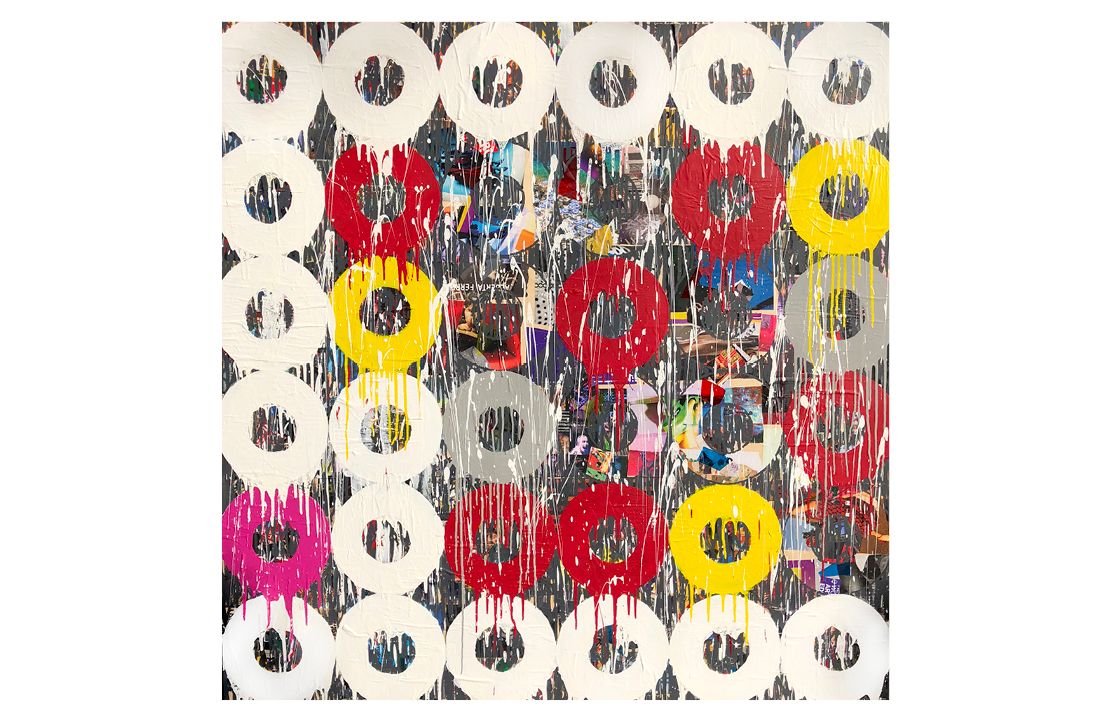
THE PROMISE OF COURTING FAILURE – 2 at 48” x 48”
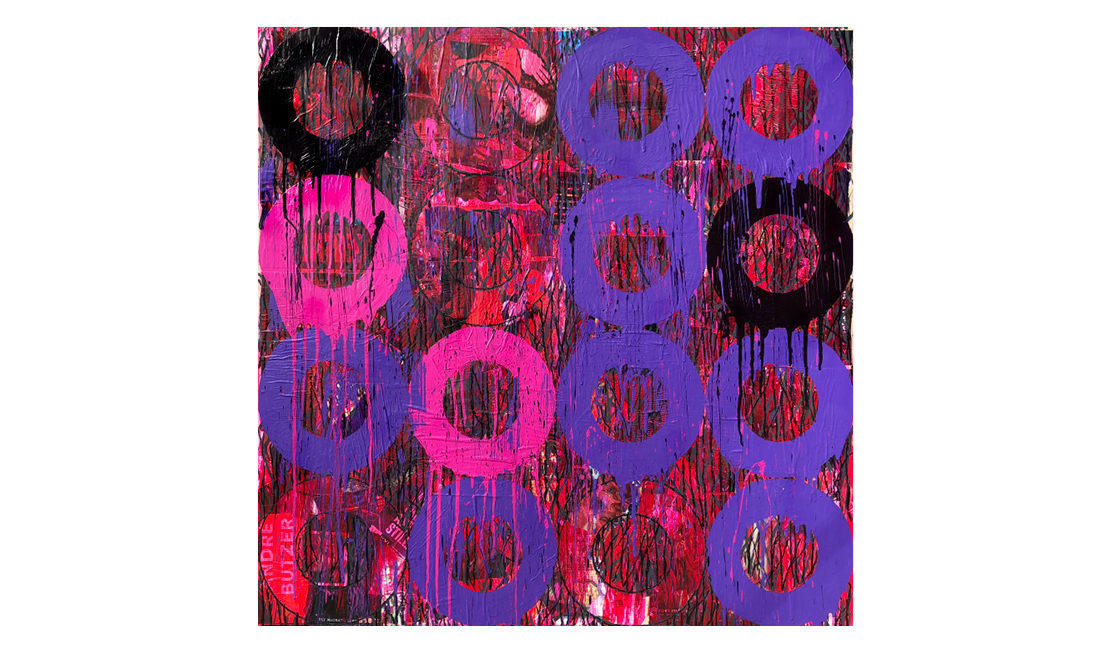

MIND CLOUD SERIES – 5 at 22″ x 30″
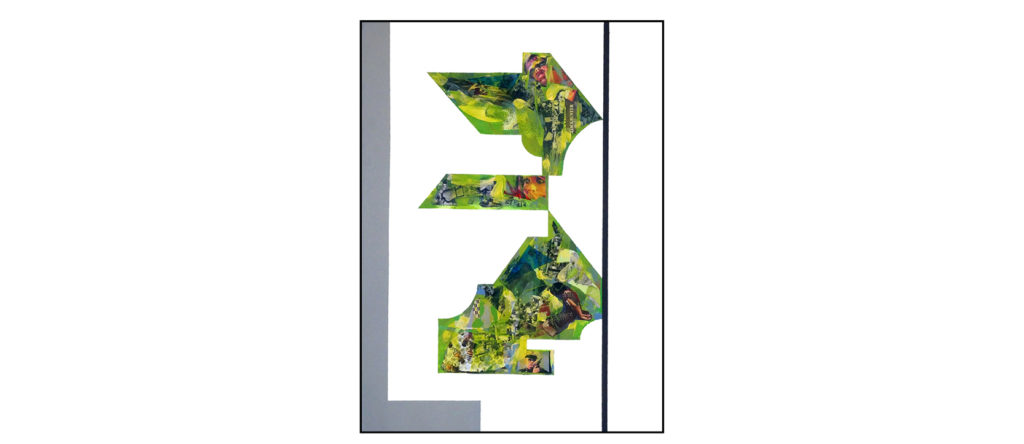

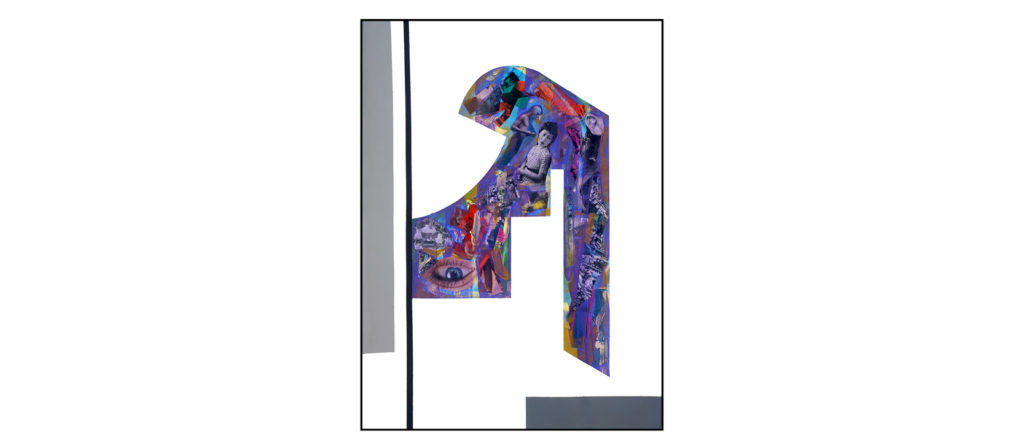
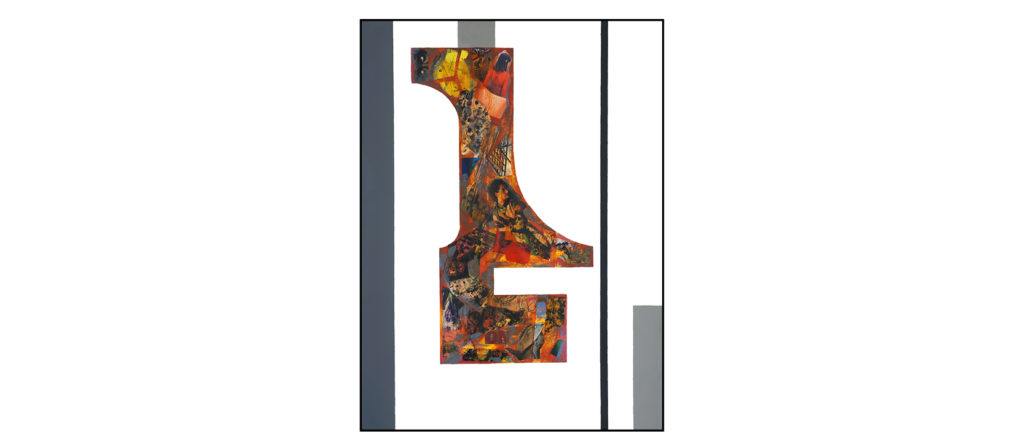
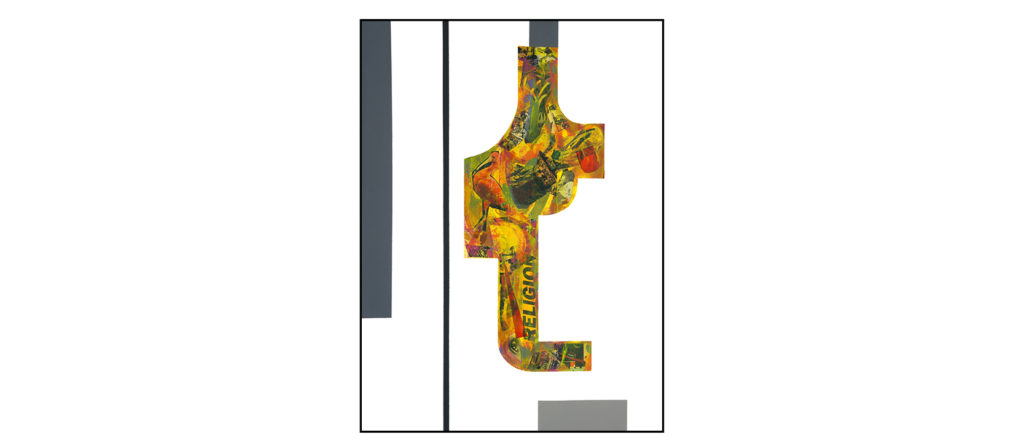
OUTSIDE THE PALE OF HISTORY – 2 at 36″ x 36″
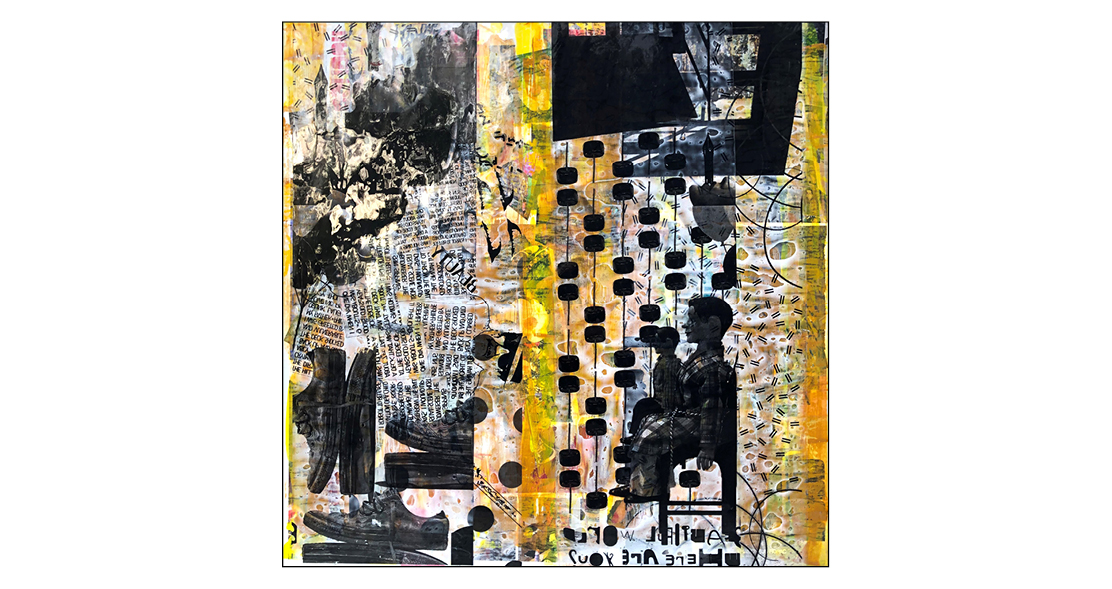
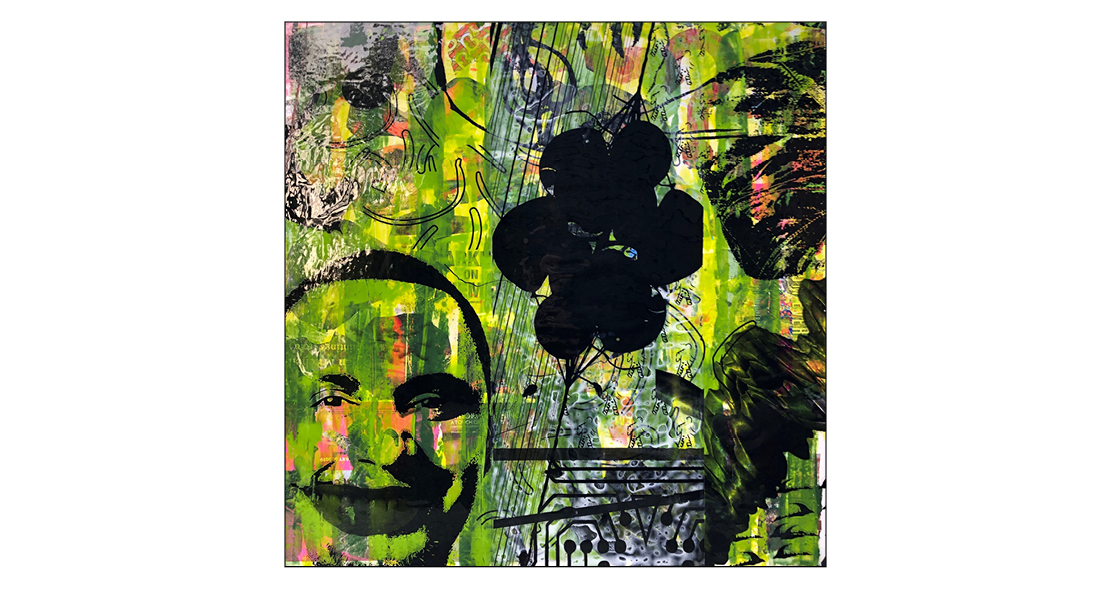
THE UNIMAGIBILITY OF FUTURE ART – 48” x 72”
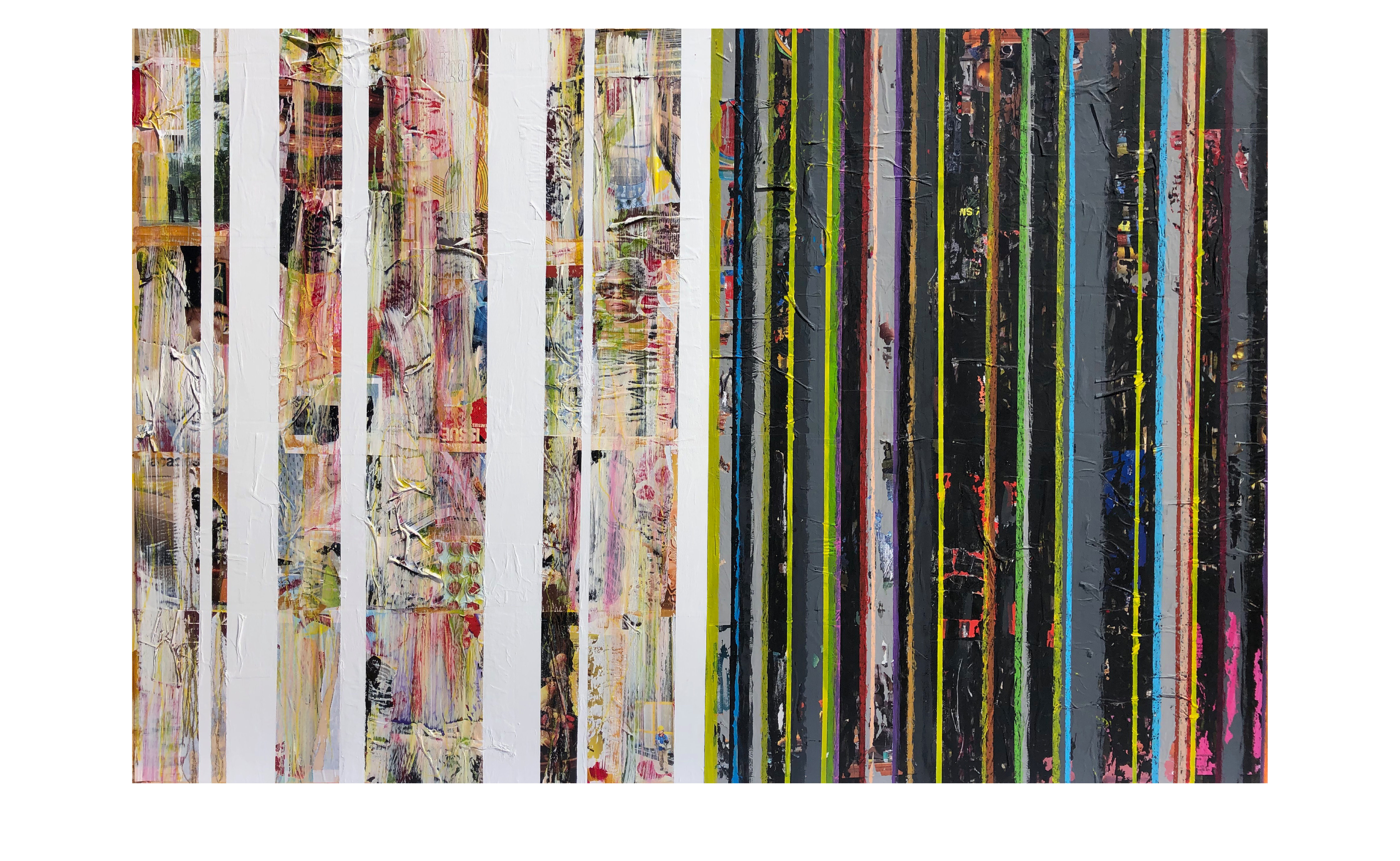
FRANCIS POULENC: BANALITES – 22” x 30”
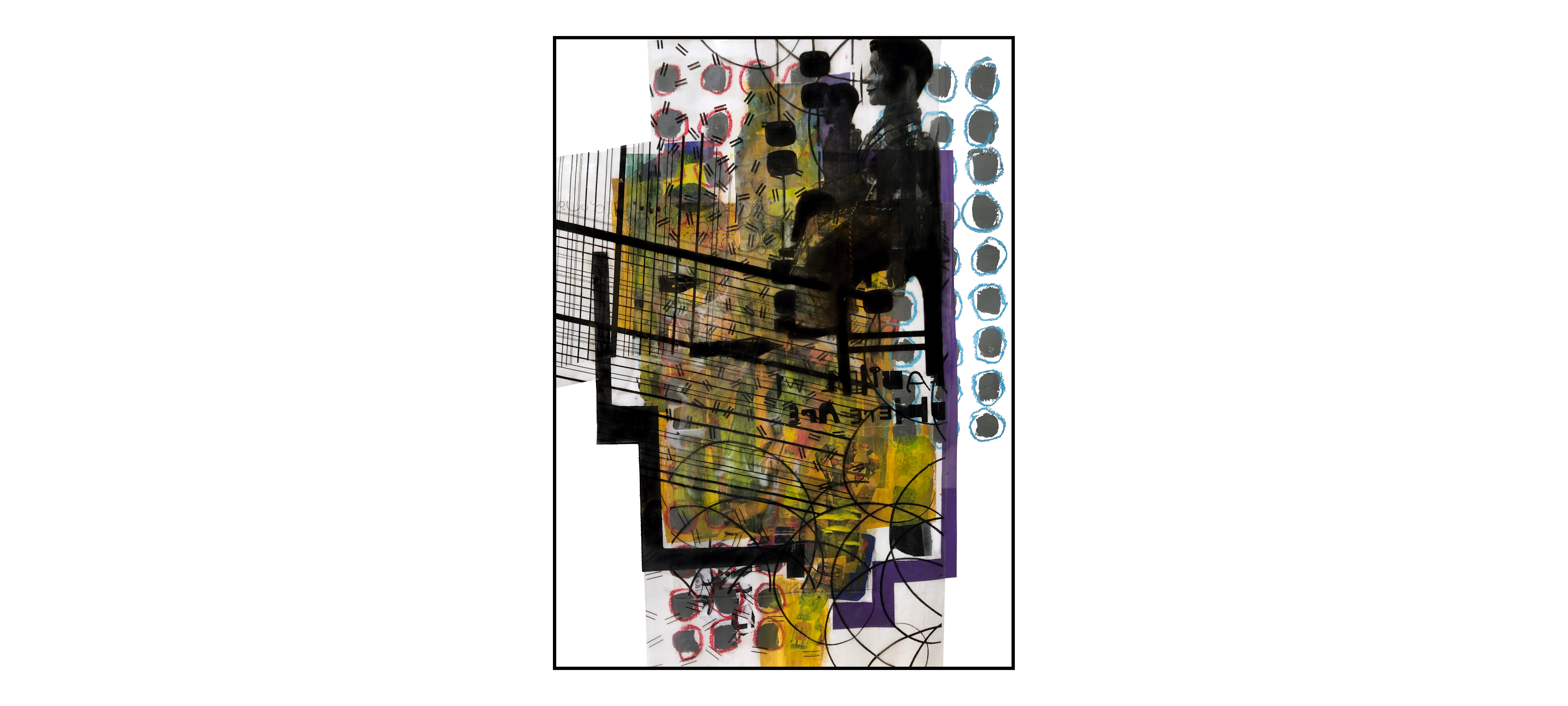
ALBAN BERG: SIEBEN FRUHE LIEDER – 22” x 30”
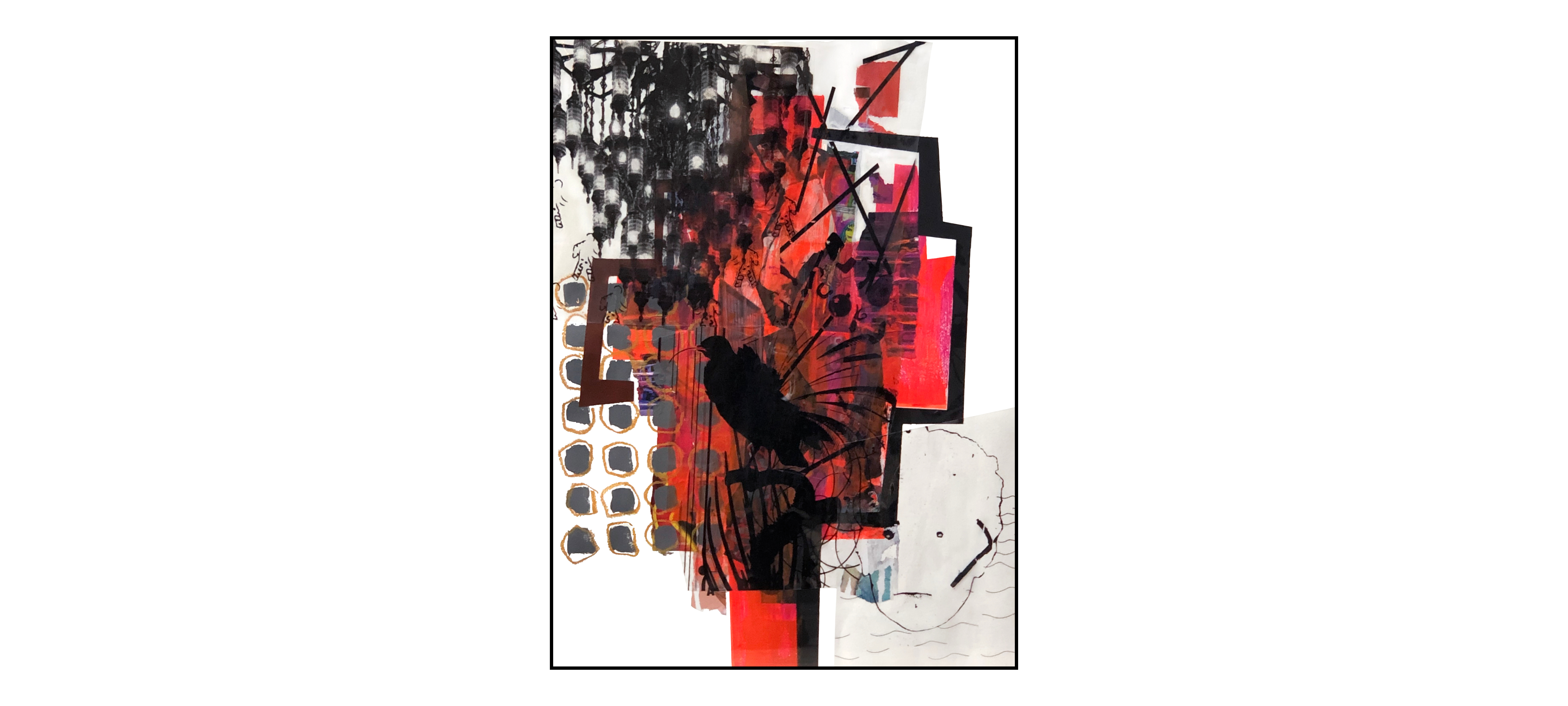
LIBBY LARSON: TRY ME, GOOD KING – 22” x 30”
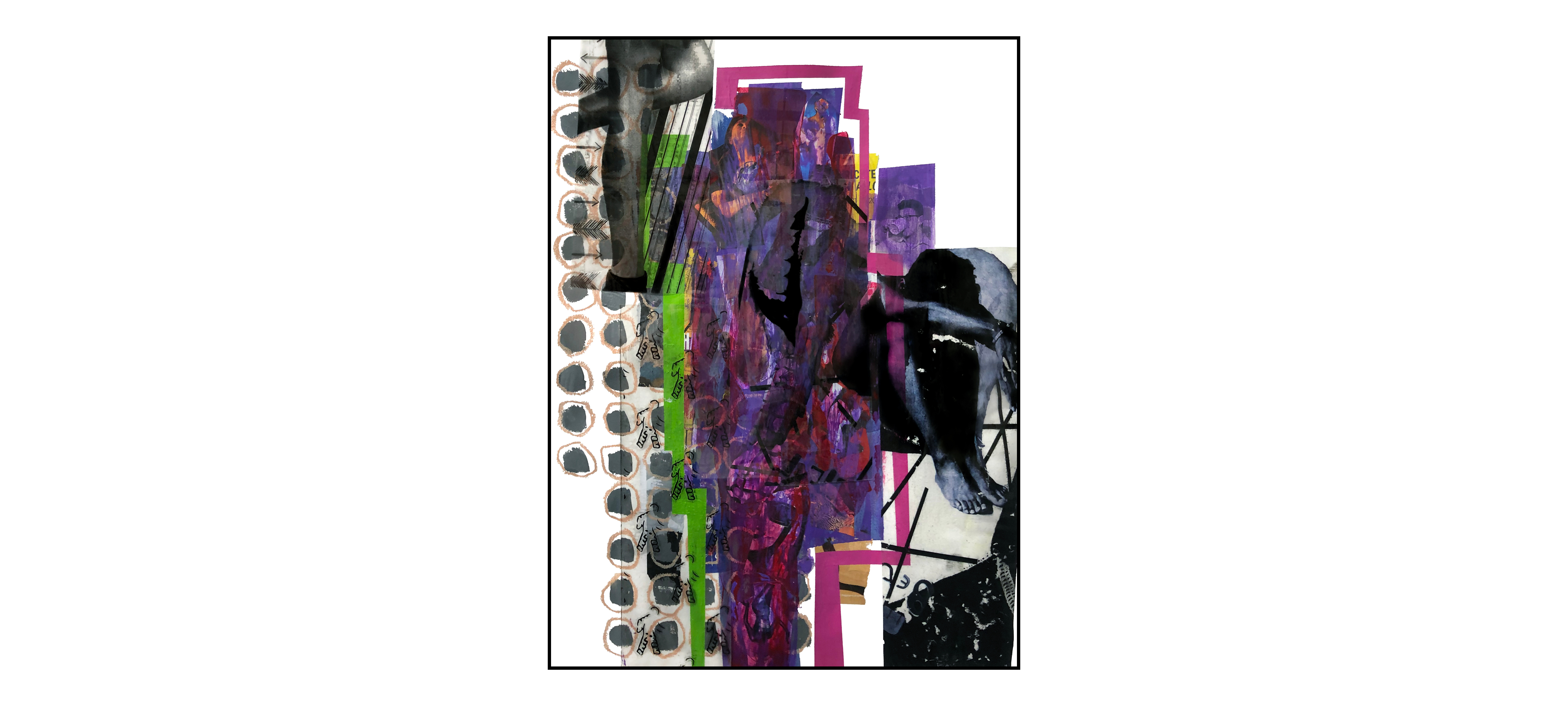
MY DEBT TO PLEASURE – 22” x 30”
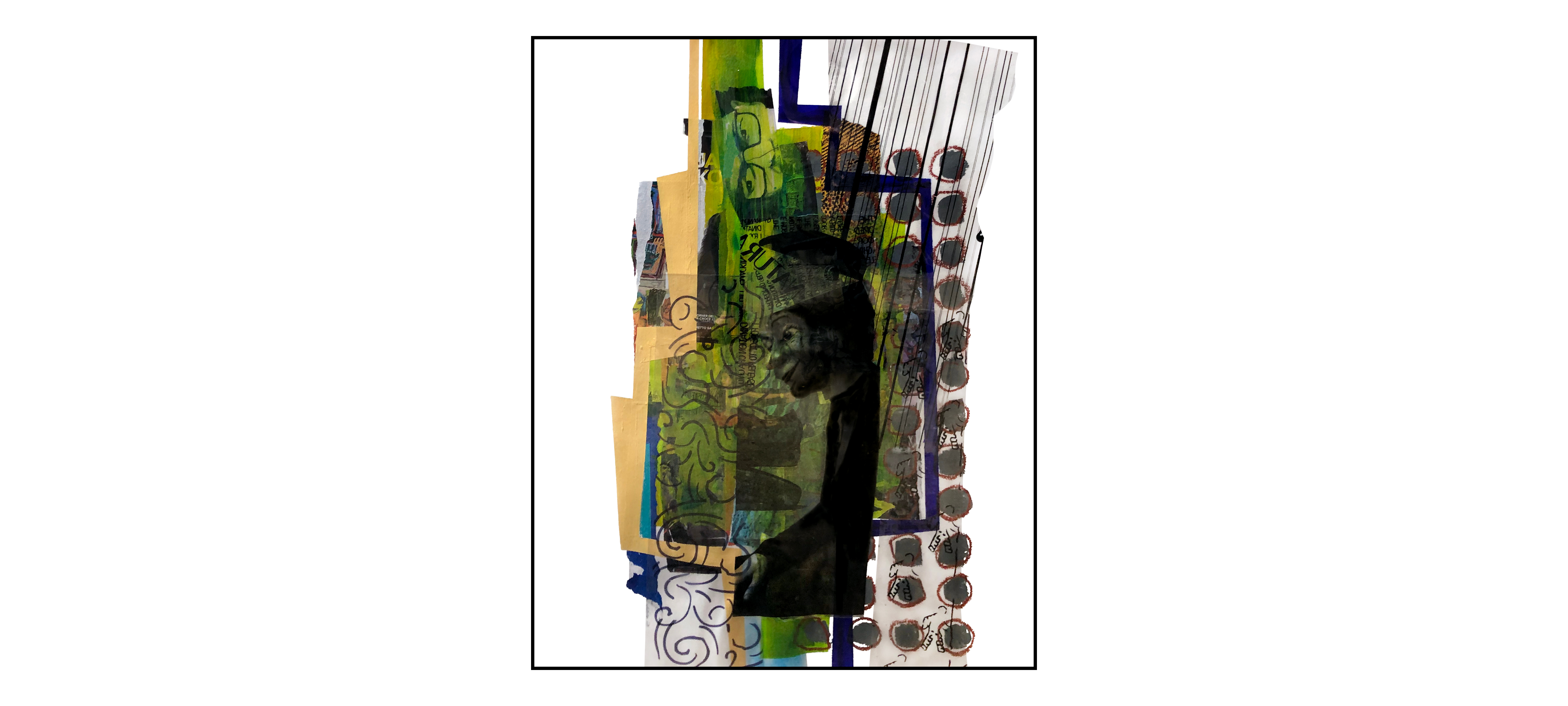
NO LONGER HUMAN: THE MIGRATION SERIES – 3 at 48″ x 48″
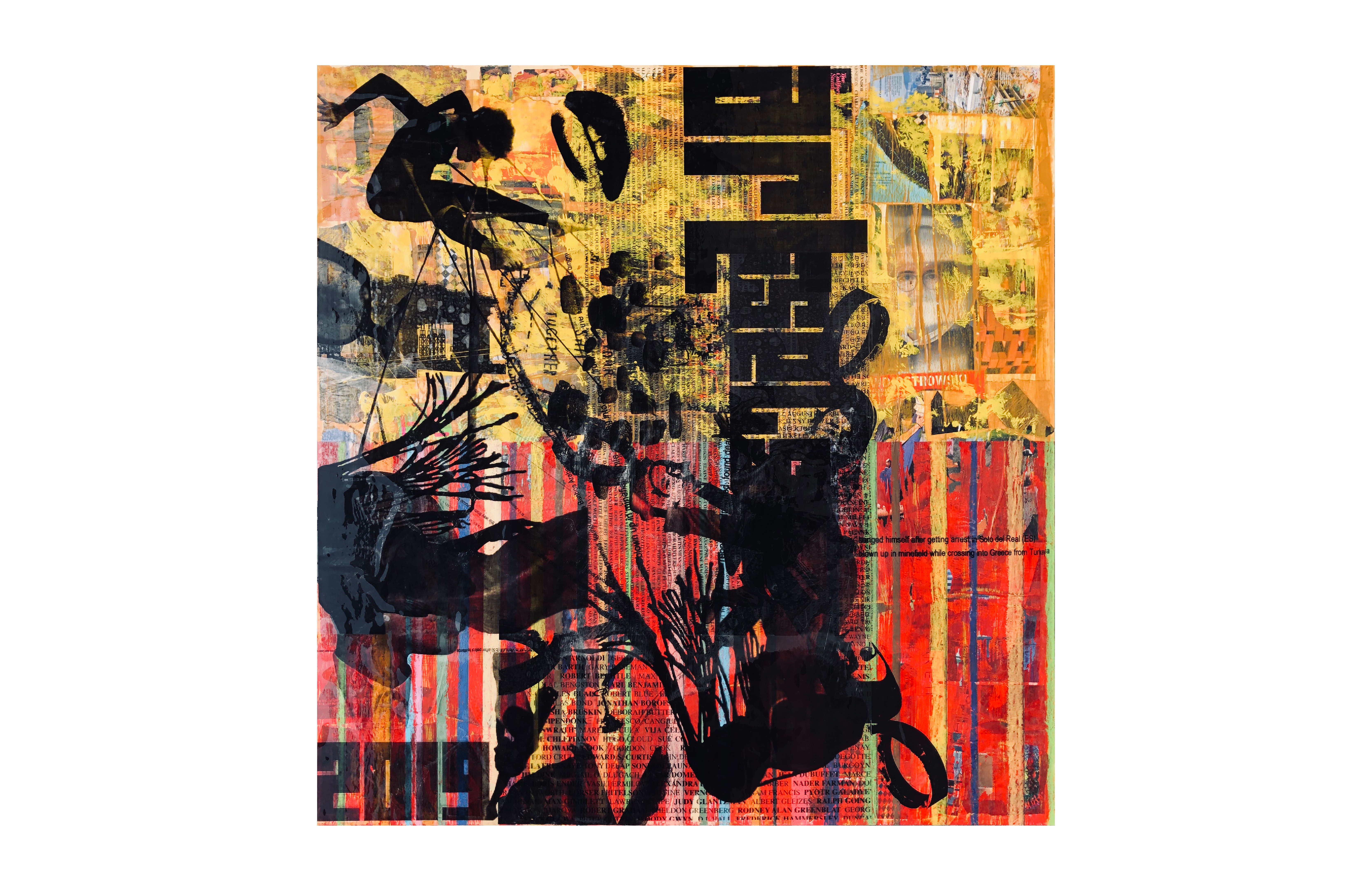
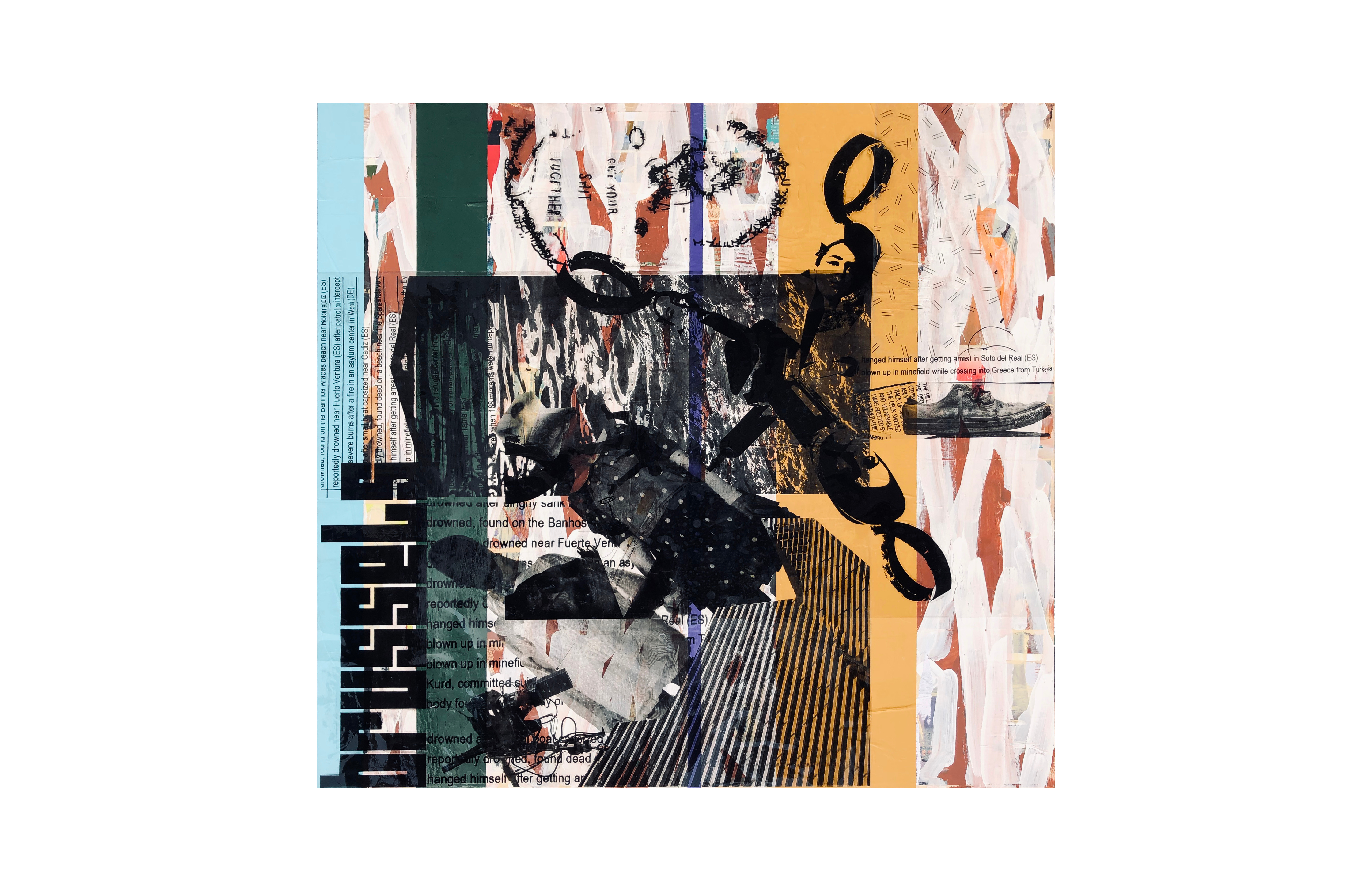
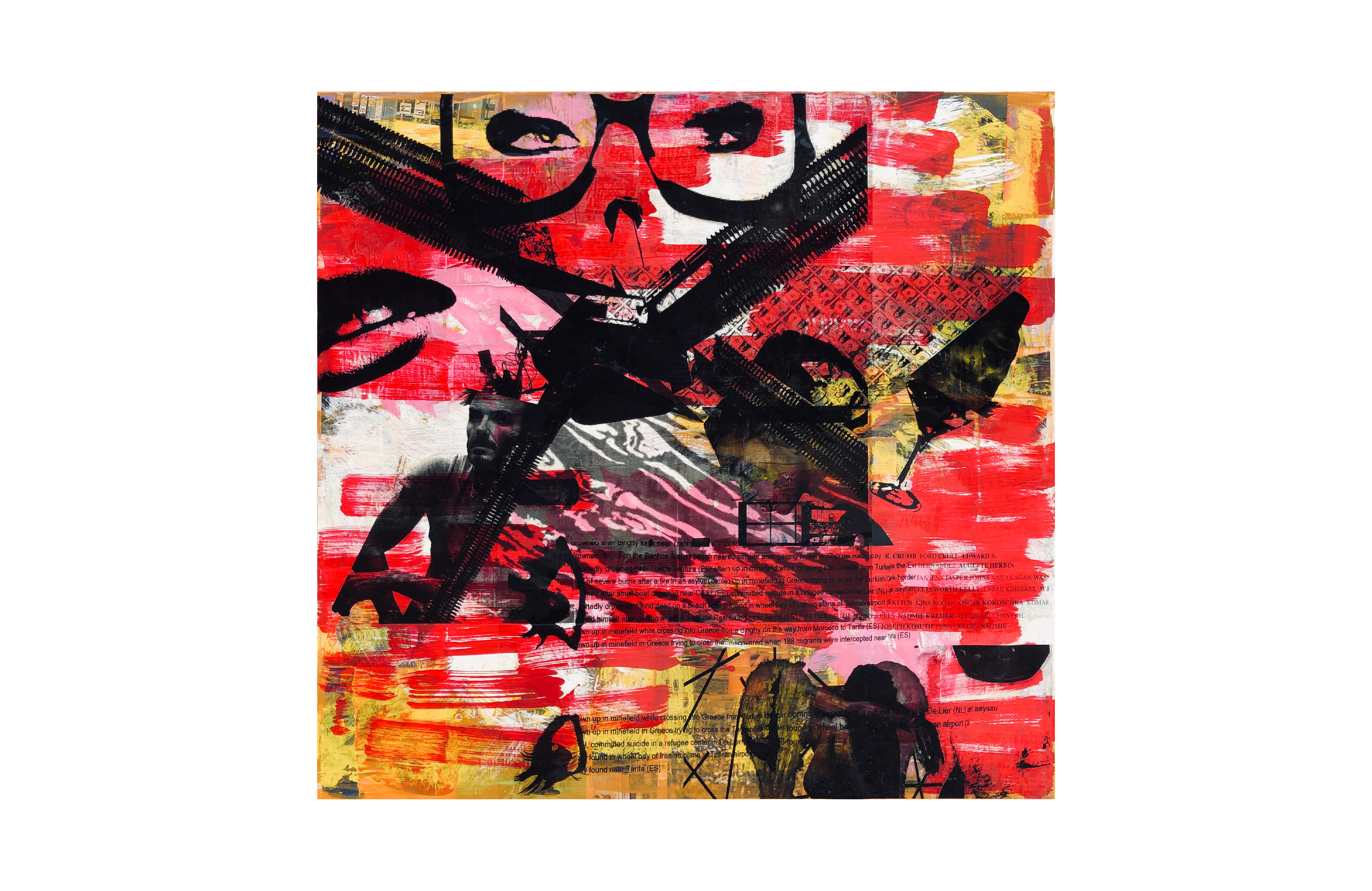
SEVEN DEADLY SINS – 7 at 18″ x 18″
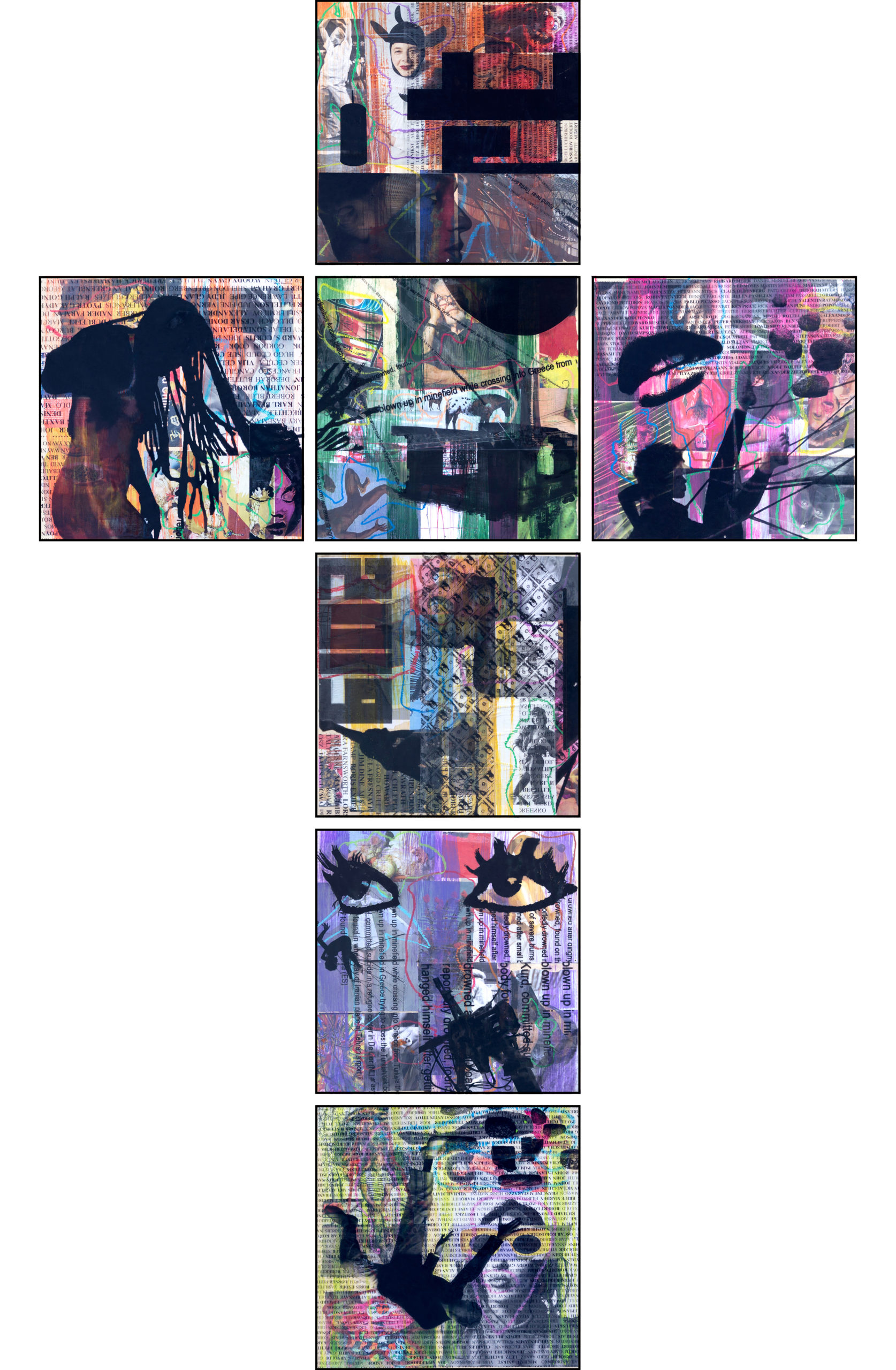
LOVESICK – 2 at 36″ x 36″
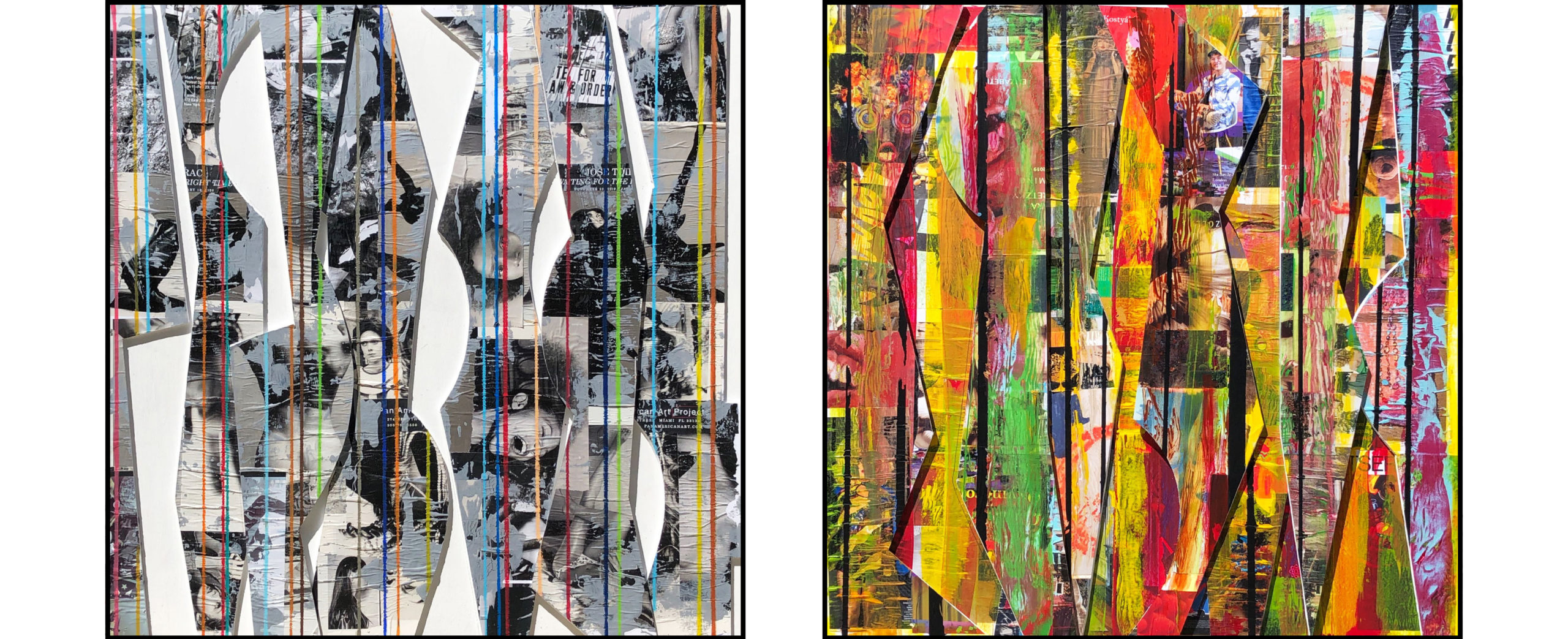
ALL I EVER WANTED – 2 at 60″ x 60″
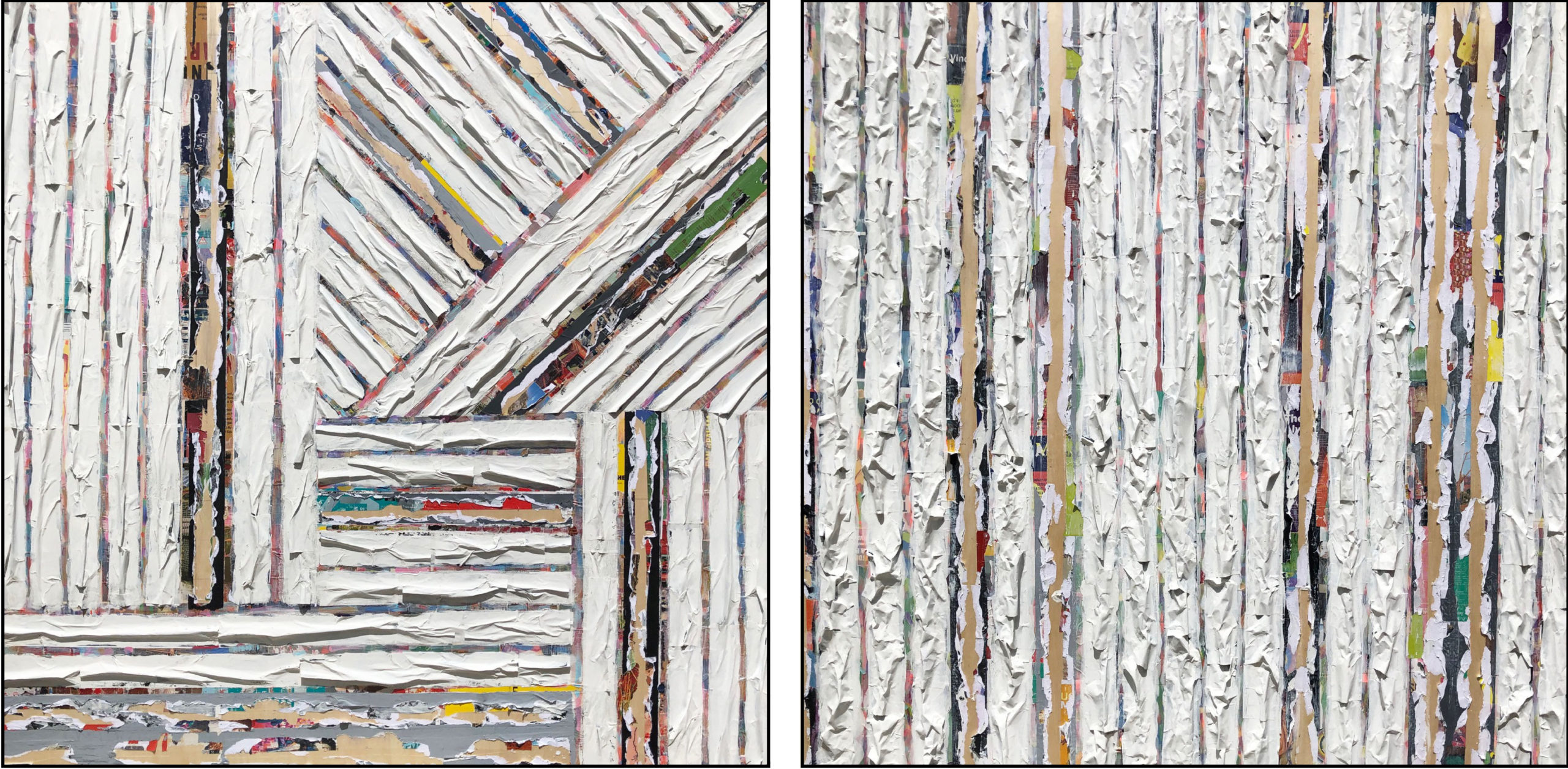
LE MINIATURE – 16 at 8.5″ x 11″
